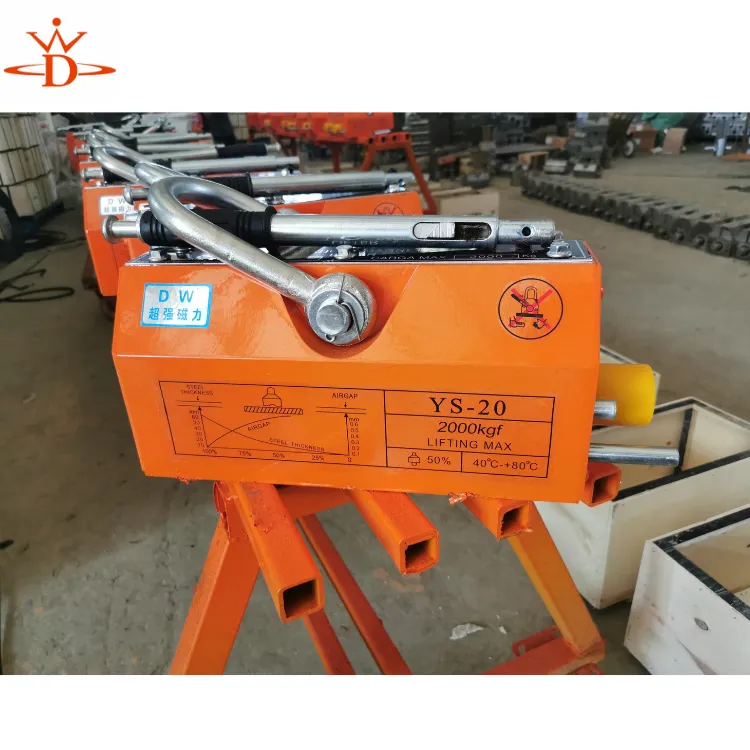vertical gantry
Vertical Gantry Revolutionizing Manufacturing Efficiency
In the rapidly evolving landscape of modern manufacturing, the vertical gantry has emerged as a game-changing technology. Characterized by its unique design and versatile applications, the vertical gantry system is reshaping how we approach material handling, assembly, and precision machining.
A vertical gantry is a type of overhead crane or automated system that consists of two vertical support structures and a horizontal beam
. This configuration allows for efficient movement along the Z-axis, making it particularly effective in environments where space is at a premium. Unlike traditional gantry systems that operate horizontally, vertical gantries excel in handling large, heavy objects in confined areas, allowing for a space-efficient layout in factories and warehouses.One of the most significant advantages of vertical gantries is their ability to enhance efficiency and reduce operational costs. By utilizing vertical space, these systems minimize the footprint required for material handling operations. Moreover, the vertical motion capabilities ensure that heavy loads can be lifted and moved with precision, reducing the risks of accidents and increasing overall safety in the workplace.
vertical gantry

The versatility of vertical gantries makes them suitable for various industries, including automotive, aerospace, and electronics manufacturing. In the automotive sector, for instance, vertical gantries can be employed in the assembly line to automate the mobilization of components. This not only accelerates production times but also ensures consistent quality by reducing human error during handling processes. In aerospace manufacturing, where components are often large and delicate, the precision of vertical gantries offers significant advantages in both assembly and inspection stages.
Additionally, the integration of advanced technologies with vertical gantries has led to the development of smart manufacturing systems. With the incorporation of IoT (Internet of Things) devices, these gantries can be monitored and controlled remotely, allowing for real-time data analysis and predictive maintenance. This connectivity enhances decision-making capabilities, as operators can quickly respond to any equipment issues, thereby minimizing downtime.
Cost-effectiveness is another compelling factor driving the adoption of vertical gantries. While the initial investment may be significant, the long-term savings stemming from increased productivity and reduced labor costs are substantial. Furthermore, as industries continue to strive for lean manufacturing principles, the vertical gantry aligns perfectly with these goals by creating more streamlined processes and maximizing resource utilization.
In conclusion, the vertical gantry is proving to be an indispensable asset in modern manufacturing environments. Its unique ability to operate efficiently in vertical space, coupled with advancements in technology and automation, positions it as a crucial component for companies seeking to enhance productivity and safety. As industries continue to evolve, the importance of adopting innovative solutions like the vertical gantry cannot be overstated. Embracing this technology will not only drive operational excellence but also pave the way for future advancements in the manufacturing sector.
-
Unlock Seamless Relocation with Our Heavy Equipment Moving ExpertiseNewsJun.06,2025
-
Unleash Unrivaled Flexibility with Our Adjustable Gantry CraneNewsJun.06,2025
-
Unleash Heavy-Duty Efficiency with Our Industrial Gantry Crane SolutionsNewsJun.06,2025
-
Revolutionize Steel Handling with Our Magnetic Lifter RangeNewsJun.06,2025
-
Master Equipment Mobility with Premium Machinery Mover SolutionsNewsJun.06,2025
-
Elevate Your Material Handling with Magnetic Lifter TechnologyNewsJun.06,2025
-
YS Permanent Lifting Magnets: The Smarter Way to Handle SteelNewsMay.22,2025
